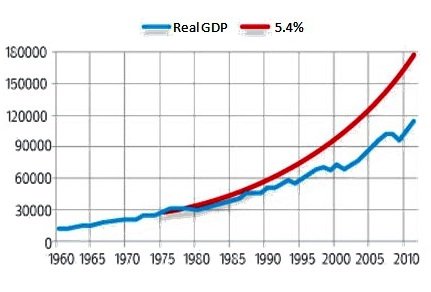The new education reform bill: 4+4+4
There exists a close link between the level of education and the level of welfare in a country.
Income levels of countries are revised on the basis of the price of similar goods for comparison purposes. Otherwise, income gap between developed and developing countries would become huge, giving the impression that people in developing countries starve to death. For instance, food is relatively cheaper in developing countries than in developed countries. In a developing country, the price of the same goods basket is generally lower than that in a developed country.
Previously, I compared Turkey’s per capita income with those of G-7 countries, on a purchasing power parity basis: Average per capita income of Turkey between 1980 and 2010 was 28.1 percent of that of G-7 countries. Recently, the ratio changed in favor of Turkey, reaching 34.3 percent. Setting the limited improvement aside, Turkey still lags considerably behind developed countries in terms of welfare. The figures do not change much when incomes are compared starting with 1960: the ratio was 27.1 percent in 1960. I think it would not be too pessimistic to argue that Turkey made no significant progress over the last five decades.
How about this: Between 1960 and 1975, Turkish economy grew on average by 5.4 percent. Average growth for the 1960-2011 period was much lower, at 4.5 percent. How could the picture have changed if the economy had grown by 5.4 percent also after 1975? Please see the graph below for the answer: It shows the real GDP growth between 1960 and 2011. Also, it gives the GDP levels that would emerge if average growth rate was 5.4 percent. Evidently, welfare level could have been better: per capita income as a ratio to that of G-7 countries would be 54.4 percent compared to the current 34.3 percent. This, of course, is not a precise calculation. For example, if Turkey was richer, purchasing price of the goods basket average consumer consumes would be higher and thus the average consumer could purchase fewer goods on the same income. Still, even if we revise the result accordingly, the rate will probably be above 50 percent. There is a remarkable difference between 34 percent and 54 percent, right? If we assume that average growth rate was 6 percent instead of 5.4 percent, Turkey’s per capita income by 2010 would be 71 percent in proportion to that of G-7 countries.
There exists a close link between the level of education and the level of welfare. Think about it: If Turkey trained more competent welders, electricity technicians, construction workers, engineers, teachers, academics, doctors, miners, machinists and shoe repairers; encouraged citizens to be respectful to each other; and give better education in foreign languages, we would be living in better houses, have better highways. We would be more productive, more innovative and face less poverty, wouldn’t we? I think that the new education reform bill shall be discussed with this perspective. Don’t you think?

Graph 1. Real GDP and GDP under 5.4 average growth (GDP: 1960-2011)
This commentary was published in Radikal daily on 25.02.2012




